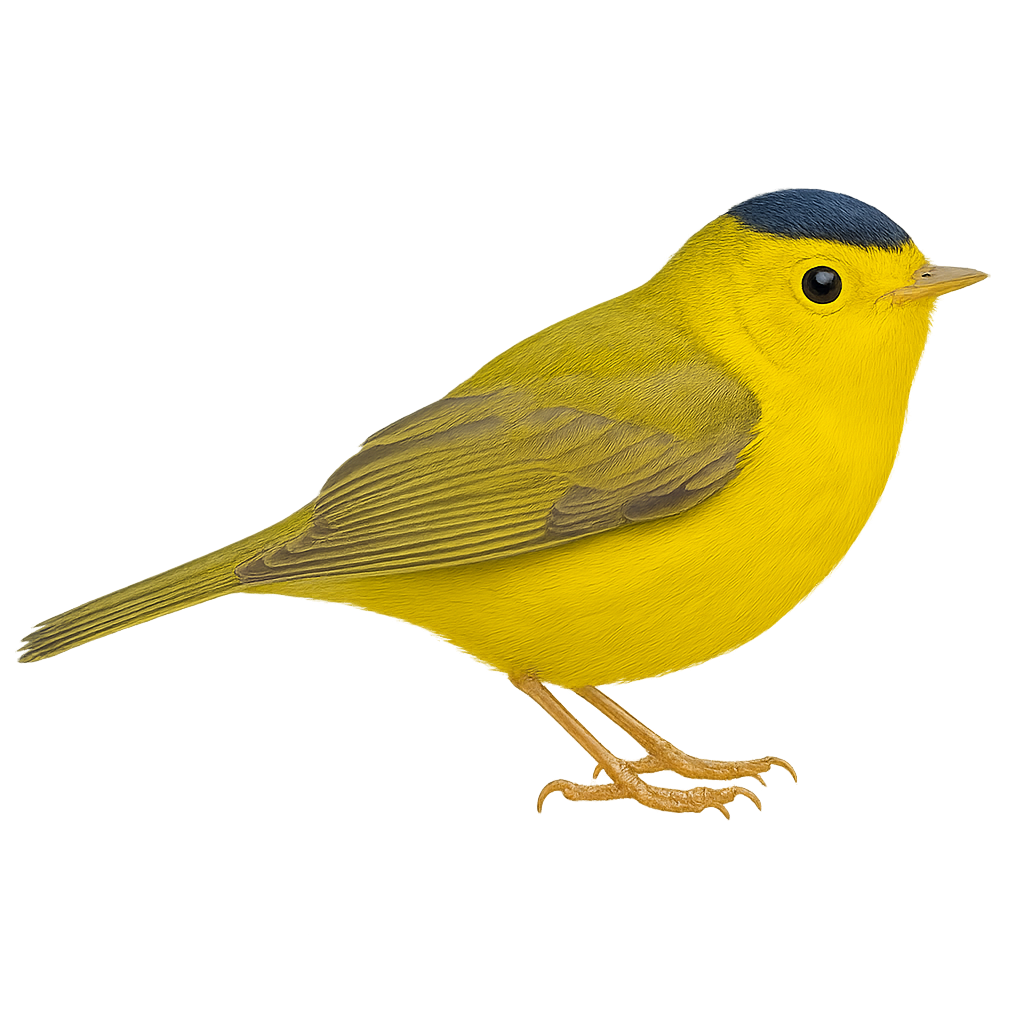Your wildlife photography guide.
Explore the wilson's warbler in detail, study its behavior, prepare your shots.
Where to observe and photograph the wilson's warbler in the wild
Learn where and when to spot the wilson's warbler in the wild, how to identify the species based on distinctive features, and what natural environments it inhabits. The WildlifePhotographer app offers tailored photography tips that reflect the wilson's warbler’s behavior, helping you capture better wildlife images. Explore the full species profile for key information including description, habitat, active periods, and approach techniques.
Wilson's Warbler
Scientific name: Cardellina pusilla

IUCN Status: Least Concern
Family: PARULIDAE
Group: Birds
Sensitivity to human approach: Suspicious
Minimum approach distance: 5 m
Courtship display: May to June
Incubation: 11-12 jours
Hatchings: May to June
Habitat:
Coniferous forests, moist wooded areas
Activity period :
Primarily active during the day, with peak activity in the morning and late afternoon.
Identification and description:
The Wilson's Warbler, scientifically known as Cardellina pusilla, is a small songbird with distinctive plumage. It is easily recognizable by its black cap contrasting with its bright yellow body. This species is primarily found in coniferous forests and moist wooded areas, where it feeds on insects and small invertebrates. A migratory bird, it spends its summers in the northern regions of North America and migrates south for the winter. The Wilson's Warbler is known for its melodious song and agile movements among branches. Although its habitat is threatened by deforestation, it remains relatively common and is often observed by birdwatching enthusiasts.
Recommended lens:
400mm – adjust based on distance, desired framing (portrait or habitat), and approach conditions.
Photography tips:
To photograph the Wilson's Warbler, it is advisable to use a 400mm lens or longer to capture detailed images without disturbing the bird. Look for coniferous forests or moist wooded areas where these birds are active. Be patient and discreet, as although they are suspicious, they can be observed closely if you remain still. Take advantage of the early morning hours when the light is soft and the birds are most active.
The WildlifePhotographer App is coming soon!
Be the first to explore the best nature spots, track rutting seasons, log your observations, and observe more wildlife.
Already 1 432 wildlife lovers subscribed worldwide

